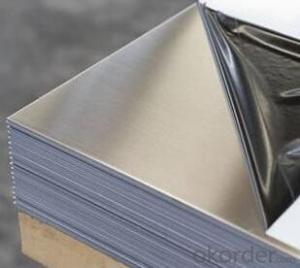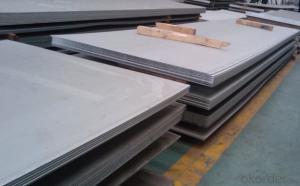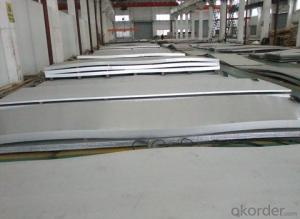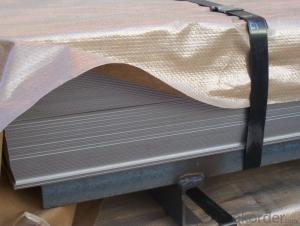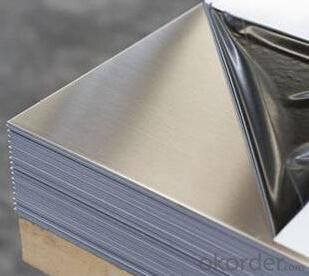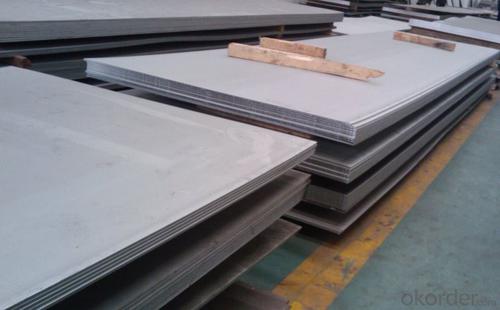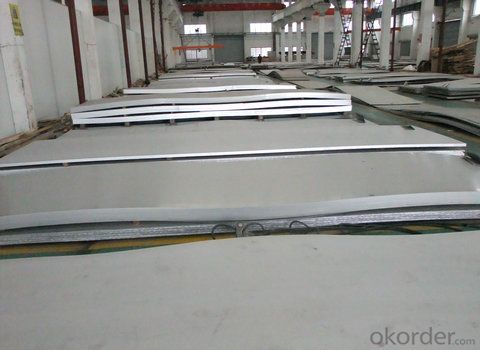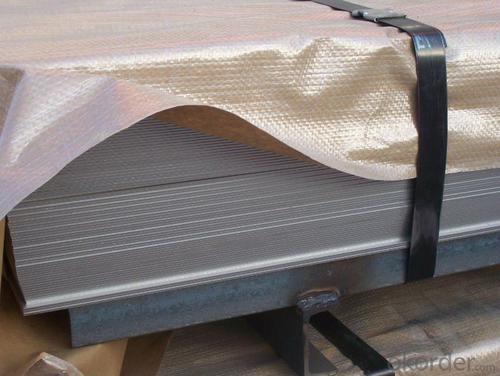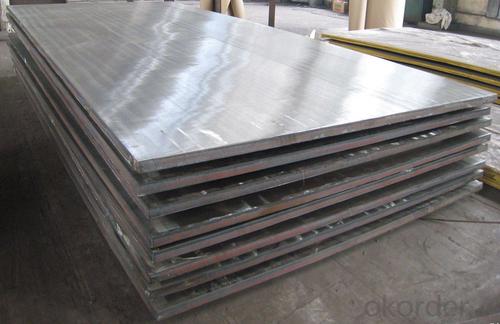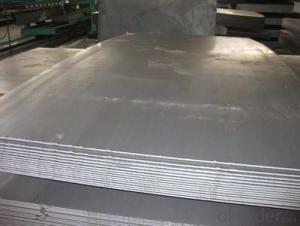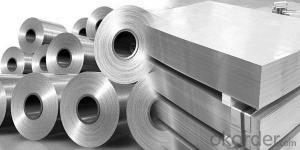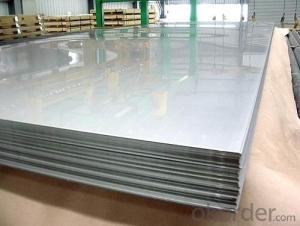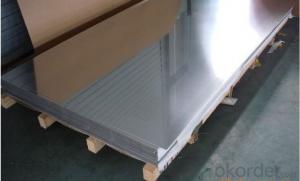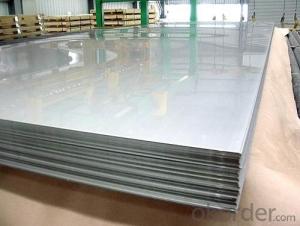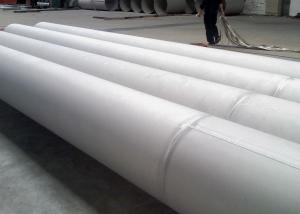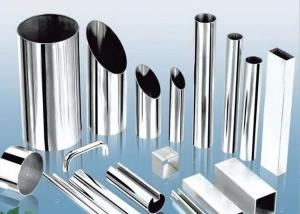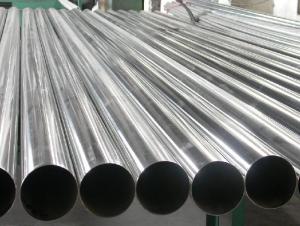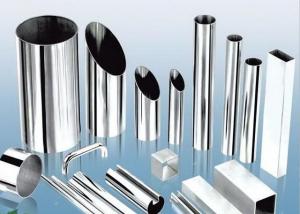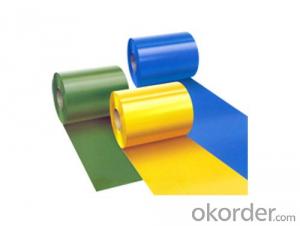Stainless Steel plate 304L with No.4 Surface Treatment
- Loading Port:
- Shanghai
- Payment Terms:
- TT OR LC
- Min Order Qty:
- 500 m.t.
- Supply Capability:
- 5000000 m.t./month
OKorder Service Pledge
OKorder Financial Service
You Might Also Like
Hot sale stainless steel sheet 201/202/304/304l/310S/309S/316L/316Ti/316/321,410/420/430/444/443/409L, and 904L.
Description of Stainless Steel Sheet:
Description | steel sheet,hot rolled steel sheet,cold rolled steel sheet, steel sheet,sheet,steel plate |
Standard | ASME, ASTM, EN ,BS,GB,DIN, JIS etc |
Application | Steel sheet applies to construction field, ships building industry, petroleum & chemical industries, war and electricity industries, food processing and medical industry, boiler heat exchanger, machinery and hardware fields. |
Packaging | Standard export sea-worthy packing |
Delivery time | 10-30 days |
Quality | No.1 |
Productivity | 500 tons/Day |
Note | Our company has cooperative relation between the domestic agents. Stainless steel sheet can be made accordingto the customers requirements. Fasten delivery. Quality assured. |
Contacts | If you have any question,please feel free contact me. |
Stainless steel sheet surface finish characteristics
Surface finish | Characteristics and application |
2B | The surface brightness and flatness of no2B is better than no2D. then through a special surface treatment to improve its mechanical properties,No2B could nearly satisfy comprehensive uses. |
No.1 | Polished with abrasive belt of grit#100-#200, have better brightness with discontinuous coarse stria, used as inner and external ornaments for building, electrical appliances and kitchen utensils etc. |
No.4 | Polished with abrasive belt of grit #150-#180,have better brightness with discontinuous coarse stria, but thinner than No3, are used as bathtub buildings inner and external ornaments electrical appliances kitchen utensils and food processing equipment etc. |
HL | Polished with abrasive belt of grit #150-#320 on the NO.4 finish and has continuous streaks, mainly used as buildings ornaments elevators, door of building, frontal plate etc. |
BA | Cold rolled, bright annealed and skin-passed, the product have excellent brightness and good reflexivity like mirror, kitchen apparatus, ornament etc. |
8K | The product have excellent brightness and prefer reflexivity can to be the mirror. |
Main Features of stainless steel sheet :
•Escalator, Elevator, Doors
•Furniture
•Production tools, Kitchen appliances, freezers, cold rooms
•Auto Parts
•Machinery and Packaging
•Equipment and Medical devices
•Transport system
Product Details:
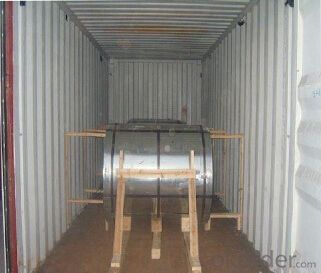
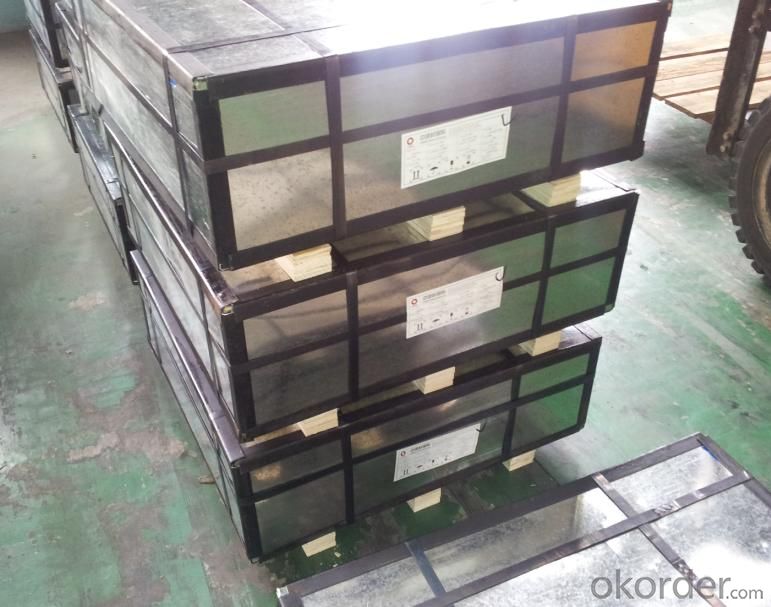
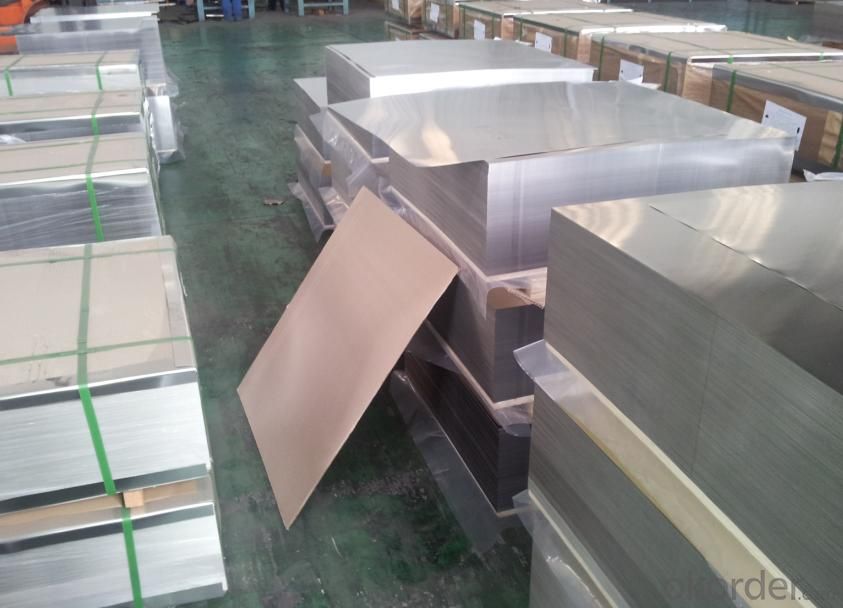
Sandard Seaworth Packing(wooden packing with water proof paper)

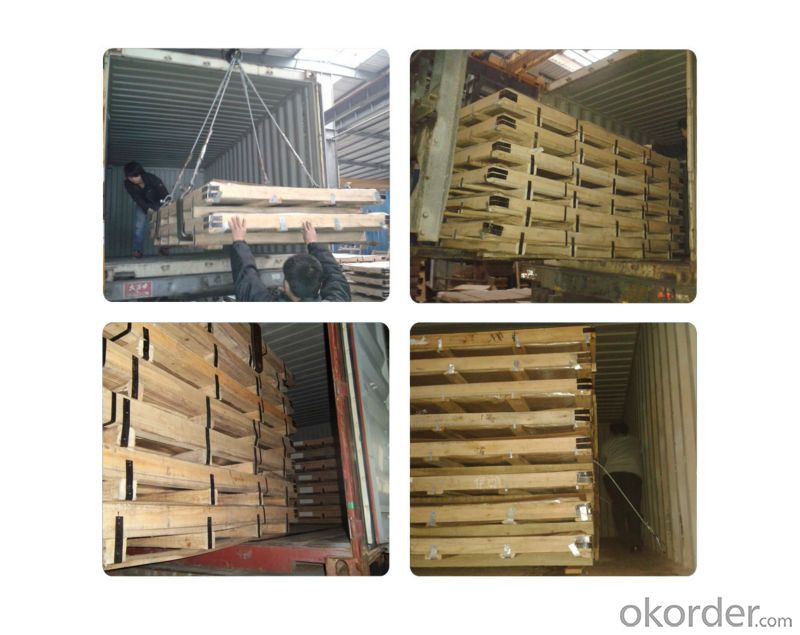
FAQ:
1. What's the quality?
very fine
2. How long get reply?
within 24 hours
If you have any question about stainless steel sheets,donot forget to sending the email to Us! You will get the competitive Price and have a very good experience about the Buying Process! CNBM International Corporation is always your trustful friend!
- Q: Can stainless steel sheets be used for medical equipment?
- Yes, stainless steel sheets can be used for medical equipment. Stainless steel is widely used in the medical industry due to its excellent corrosion resistance, durability, and ease of cleaning. It is commonly used for surgical instruments, implants, medical devices, and equipment such as sterilization trays, hospital beds, and operating room tables. Stainless steel is non-reactive, which means it does not interact with body tissues or fluids, making it a safe and hygienic choice for medical applications. Additionally, stainless steel can withstand repeated sterilization processes without losing its properties, making it ideal for use in hospitals and healthcare facilities.
- Q: How about stainless steel grades?
- According to the composition can be divided into Cr (400 Series), Cr Ni system (300 Series), Cr Mn Ni (200 Series) and the precipitation hardening systems (Series 600). 200 series - chromium nickel manganese austenitic stainless steel 300 series - chromium nickel austenitic stainless steel 301 - ductility, used for molding products. It can also be hardened rapidly by mechanical processing. Good weldability. The abrasion resistance and fatigue strength are better than 304 stainless steel. 302 - 304 with corrosion resistance, due to the relatively high carbon intensity. 303 - by adding a small amount of sulfur and phosphorus, it is easier to cut than 304.
- Q: Can stainless steel sheets be used for heat exchangers?
- Yes, stainless steel sheets can be used for heat exchangers. Stainless steel is a popular material choice for heat exchangers due to its high corrosion resistance, durability, and excellent heat transfer properties. It can withstand high temperatures and is resistant to both chemical and physical damage, making it suitable for various industrial applications. Additionally, stainless steel sheets can be easily fabricated into different shapes and sizes, allowing for customization to meet specific heat exchanger requirements.
- Q: Can stainless steel sheets be used in food processing?
- Food processing can make use of stainless steel sheets. They are commonly chosen in the food industry because of their advantageous properties. One crucial property is their resistance to corrosion, which is highly important in food processing environments where contact with water, chemicals, and food is frequent. Stainless steel sheets are also non-reactive, meaning they do not interact with food or impact its taste, thus making them a safe option for food processing equipment. Moreover, stainless steel is easy to clean and maintain, making it ideal for maintaining the high levels of hygiene required in food processing facilities. Its durability and strength ensure that it can withstand the demanding nature of food processing operations. Overall, stainless steel sheets are the preferred choice in the food industry for their suitability in food processing applications.
- Q: What are the different types of surface finishes available for stainless steel sheets?
- Stainless steel sheets offer a range of surface finishes, each with its own distinct qualities and uses. 1. The most commonly used finish for stainless steel sheets is No. 1 Finish. It is achieved through hot rolling and annealing, resulting in a rough, dull appearance with visible grain lines. No. 1 finish is ideal for applications where a rough surface texture is desired, such as in industrial or structural uses. 2. No. 2B Finish is obtained by cold rolling the stainless steel sheet after a No. 1 finish, followed by annealing and descaling. It has a smooth, reflective surface with a slight matte appearance. No. 2B finish is frequently chosen for applications that require a clean, aesthetically pleasing look, such as kitchen appliances, architectural accents, and decorative items. 3. Known as a brushed finish, No. 3 Finish is achieved by mechanically polishing the stainless steel sheet with abrasive materials. It creates a satin-like appearance with a unidirectional pattern of fine lines. No. 3 finish is often used for decorative purposes, such as in furniture, signage, and elevator doors. 4. No. 4 Finish is similar to No. 3 finish, but it is achieved by mechanically polishing the stainless steel sheet with finer abrasives. This produces a smoother, more refined surface with a low gloss. No. 4 finish is commonly chosen for applications that require good corrosion resistance and easy maintenance, such as kitchen equipment, automotive trim, and architectural components. 5. The most reflective and luxurious surface finish for stainless steel sheets is No. 8 Mirror Finish. It involves progressively polishing the metal with finer abrasives until a highly reflective mirror-like surface is achieved. No. 8 mirror finish is often selected for decorative and high-end applications, such as architectural accents, jewelry, and luxury consumer goods. 6. Embossed finishes involve stamping or pressing a pattern onto the stainless steel sheet, creating a textured surface. These finishes can range from simple designs to intricate patterns, offering both aesthetic appeal and improved slip resistance. They are commonly used in applications that require both functionality and visual interest, such as in flooring, countertops, and wall cladding. In summary, the choice of surface finish for stainless steel sheets depends on the desired appearance, functionality, and performance requirements of the specific application.
- Q: Can stainless steel sheets be bent or formed without cracking?
- Stainless steel sheets possess the ability to be bent or formed without any occurrence of cracking. The remarkable formability and ductility of stainless steel enables effortless bending, shaping, or forming into diverse configurations. Nevertheless, the degree to which stainless steel can be bent sans cracking hinges on various factors, such as the stainless steel's grade and thickness, the type of bending or forming technique employed, as well as the equipment and methodologies utilized. To avoid cracking, it is crucial to utilize appropriate bending tools, employ gradual and consistent pressure, and refrain from exerting excessive force or sharp bends. Additionally, enhancing the formability of stainless steel sheets and minimizing the risk of cracking during bending or forming procedures can be achieved by preheating or annealing them.
- Q: How can I classify stainless steel plates?
- The stainless steel plate is classified according to the mode of production: it can be divided into hot rolled steel plate (steel plate heated by reheating furnace) and cold-rolled steel plate (steel plate produced by cold rolling process).
- Q: Can stainless steel sheets be used for kitchen backsplashes?
- Yes, stainless steel sheets can be used for kitchen backsplashes. Stainless steel is a popular choice for kitchen backsplashes due to its durability, resistance to heat and moisture, and easy maintenance. It provides a sleek and modern look to the kitchen while also protecting the wall from splatters and stains. Additionally, stainless steel sheets are available in various finishes, such as brushed, mirrored, or patterned, allowing homeowners to choose the style that best complements their kitchen design.
- Q: What are the properties of stainless steel sheets?
- Stainless steel sheets possess various properties that make them highly desirable in numerous industries and applications. Firstly, stainless steel sheets exhibit excellent corrosion resistance, making them resistant to rust and staining. This property is primarily due to the presence of chromium in the alloy, which forms a protective oxide layer on the surface, preventing the material from corroding. Additionally, stainless steel sheets are known for their high strength and durability. They have a high tensile strength, allowing them to withstand heavy loads and resist deformation. This strength makes stainless steel sheets suitable for applications that require structural integrity and longevity, such as in construction, automotive, and aerospace industries. Another important property of stainless steel sheets is their heat and fire resistance. They can withstand high temperatures without losing their structural integrity or strength. This makes them ideal for applications that involve exposure to extreme heat, such as in commercial kitchens and industrial furnaces. Furthermore, stainless steel sheets are hygienic and easy to clean, making them suitable for applications in the food and medical industries. Their non-porous surface prevents the growth of bacteria, making them a reliable choice for food processing equipment, surgical instruments, and medical devices. Stainless steel sheets also have an attractive appearance, with a smooth, reflective surface that can be easily maintained. This makes them aesthetically pleasing and suitable for architectural and decorative applications, such as in building facades, interior design, and furniture manufacturing. Lastly, stainless steel sheets are highly versatile and can be easily formed, welded, and fabricated into various shapes and sizes. This flexibility allows for customization and adaptation to specific project requirements, offering designers and engineers a wide range of possibilities. In summary, the properties of stainless steel sheets include corrosion resistance, high strength and durability, heat and fire resistance, hygiene, ease of cleaning, attractive appearance, and versatility. These properties make stainless steel sheets a popular choice across numerous industries, ensuring their widespread use in a vast array of applications.
- Q: What are the different types of textured finishes available for stainless steel sheets?
- Stainless steel sheets offer a variety of textured finishes, each with its own unique appeal and functional advantages. Among the most commonly used finishes are: 1. Brushed Finish: This popular finish involves brushing the surface of the stainless steel sheet with abrasive materials, resulting in parallel lines that give a smooth and sophisticated appearance while also concealing scratches and fingerprints. 2. Embossed Finish: With this finish, a raised pattern is stamped onto the stainless steel sheet, adding depth and visual interest. Embossed finishes can range from simple designs like diamonds or squares to more intricate patterns. 3. Bead Blast Finish: Achieved by blasting the stainless steel sheet with fine glass beads or ceramic particles at high pressure, this finish creates a uniform matte appearance with a slightly rough texture. It is often used for decorative purposes, offering a contemporary and unique look. 4. Linen Finish: Also known as a cross-hatch finish, the linen finish features fine parallel lines that intersect, resembling the texture of linen fabric. This finish is achieved through mechanical rolling or brushing and provides both visual appeal and scratch resistance. 5. Satin Finish: Similar to the brushed finish, the satin finish is achieved by brushing the stainless steel sheet with abrasive materials. However, it has a smoother appearance with less pronounced parallel lines. It offers a subtle shine and a refined look, making it a popular choice for architectural and decorative applications. 6. Hammered Finish: This texturized finish is created by hammering the stainless steel sheet with a ball-peen hammer or a similar tool, resulting in a unique hammered pattern. It adds a rustic and artisanal touch, commonly used in interior design and decorative applications. In summary, the choice of textured finish for stainless steel sheets depends on the desired aesthetics, functionality, and application. Each finish has its own distinct appearance and can enhance the visual appeal of stainless steel while also providing additional benefits, such as scratch resistance and fingerprint hiding.
Send your message to us
Stainless Steel plate 304L with No.4 Surface Treatment
- Loading Port:
- Shanghai
- Payment Terms:
- TT OR LC
- Min Order Qty:
- 500 m.t.
- Supply Capability:
- 5000000 m.t./month
OKorder Service Pledge
OKorder Financial Service
Similar products
Hot products
Hot Searches
Related keywords
